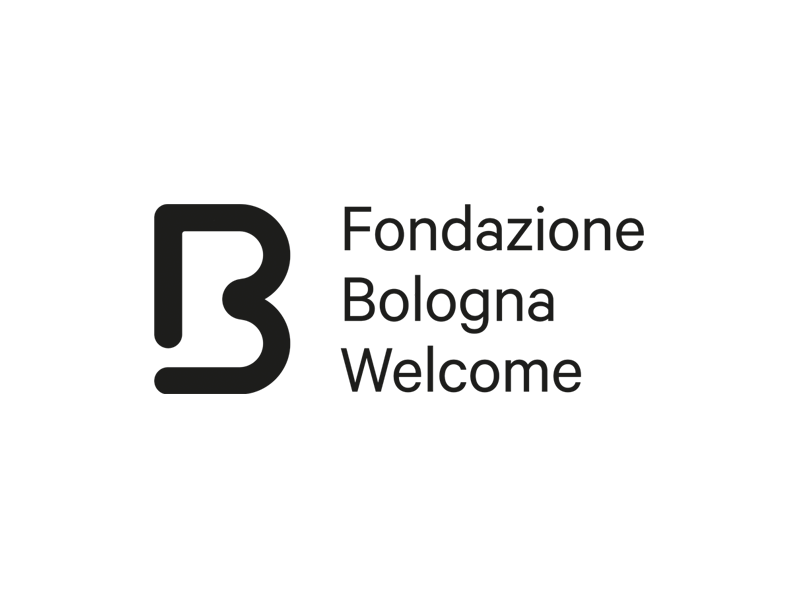Free museums to visit in Bologna
Updated on 19 September 2025 From Bologna Welcome
In Bologna, culture is at home: you can explore entire art or scientific collections in an accessible way, completely free of charge. The city offers a wide variety for every kind of enthusiast, covering diverse themes: from craftsmanship to painting, from historical memory to anatomy, from tradition to technology.
A stone’s throw from the Central Station (within 1.5 km)
If you want to visit free admission museums starting from the closest ones, easily reachable on foot or with a short bus ride, you may consider:
A collection that combines the personal acquisitions of Cardinal Giacomo Lercaro (Archbishop of Bologna from 1952 to 1968) with works donated over time by artists, collectors, and admirers as a sign of deep esteem. The permanent collection today includes works by Giacomo Manzù, Arturo Martini, Francesco Messina, Vittorio Tavernari, Giovanni Boldini, Ettore Spalletti, and many others. Among the paintings and graphic works are pieces by Giacomo Balla, Filippo de Pisis, Renato Guttuso, Antonio Mancini, Giorgio Morandi, and Adolfo Wildt. These interact with fine antique works and Flemish tapestries (late 16th – early 17th century).
Distance: 1 km | 14 min on foot, 7 min by bus
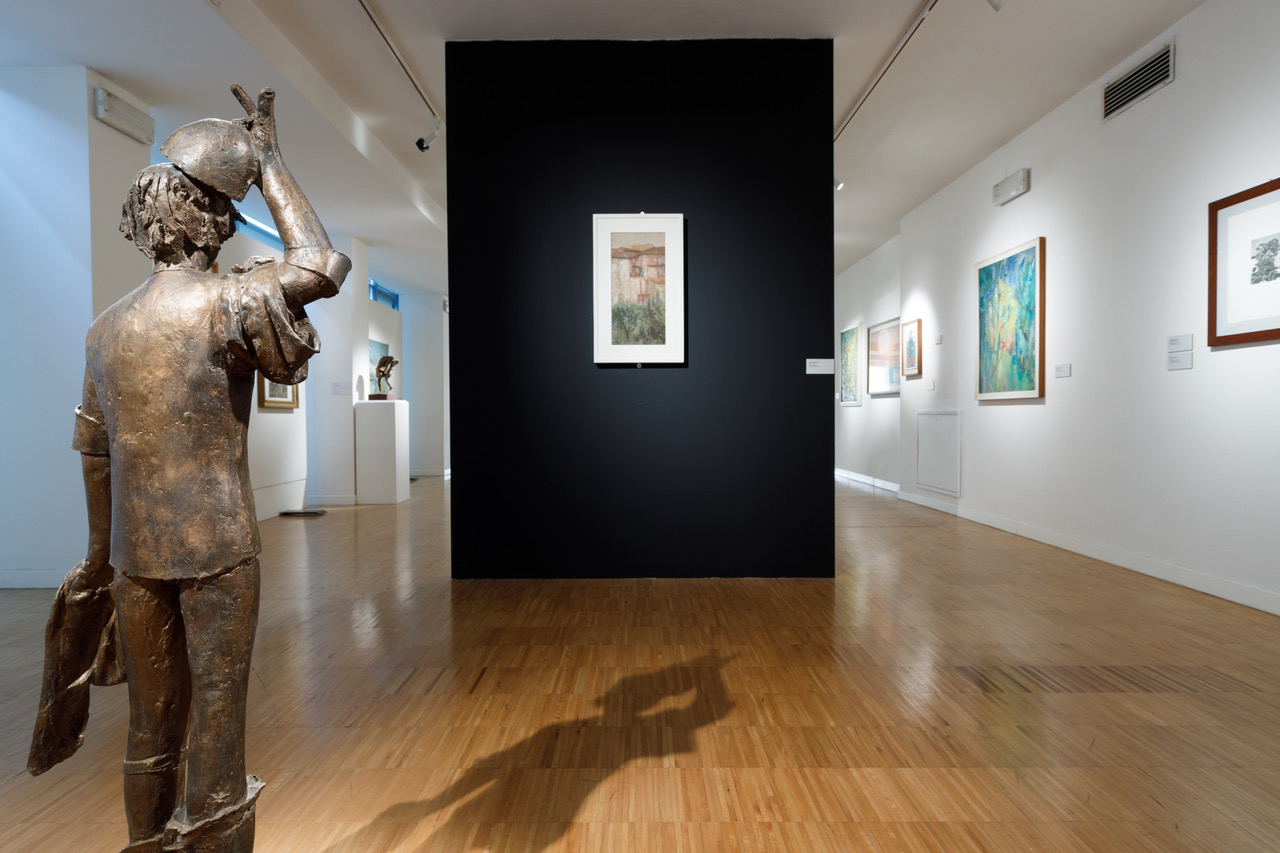
Part of the heritage of ASP Città di Bologna, enriched with historical-artistic elements such as furnishings, objects, fabrics, sculptures, and paintings. Inside, a gallery curated by Marco Riccòmini showcases around fifty paintings from the 16th to the 18th centuries. Each room is thematic, grouping together works by period or style.
Distance: 1.1 km | 16 min on foot, 14 min by bus
A cultural space hosting exhibitions, events, and unique artistic projects. Today, it houses a growing private collection ranging from ancient Emilian painting to international contemporary art. At number 3 of the same street, garageBENTIVOGLIO is a street-facing showcase with a program that emphasizes the project’s public vocation, displaying a different work each month. The large exhibition areas, created from 16th-century cellars, are periodically dedicated to shows exploring authors, works, and themes connected to the permanent collection and the long history of the place.
Distance: 1.2 km | 18 min on foot, 13 min by bus
Dedicated to the Ustica tragedy and its victims, the museum preserves the permanent installation by Christian Boltanski, surrounding the remains of the DC9 shot down on June 27, 1980, while en route to Palermo. (free admission with reservation)
Distance: 1.3 km | 18 min on foot, 10 min by bus
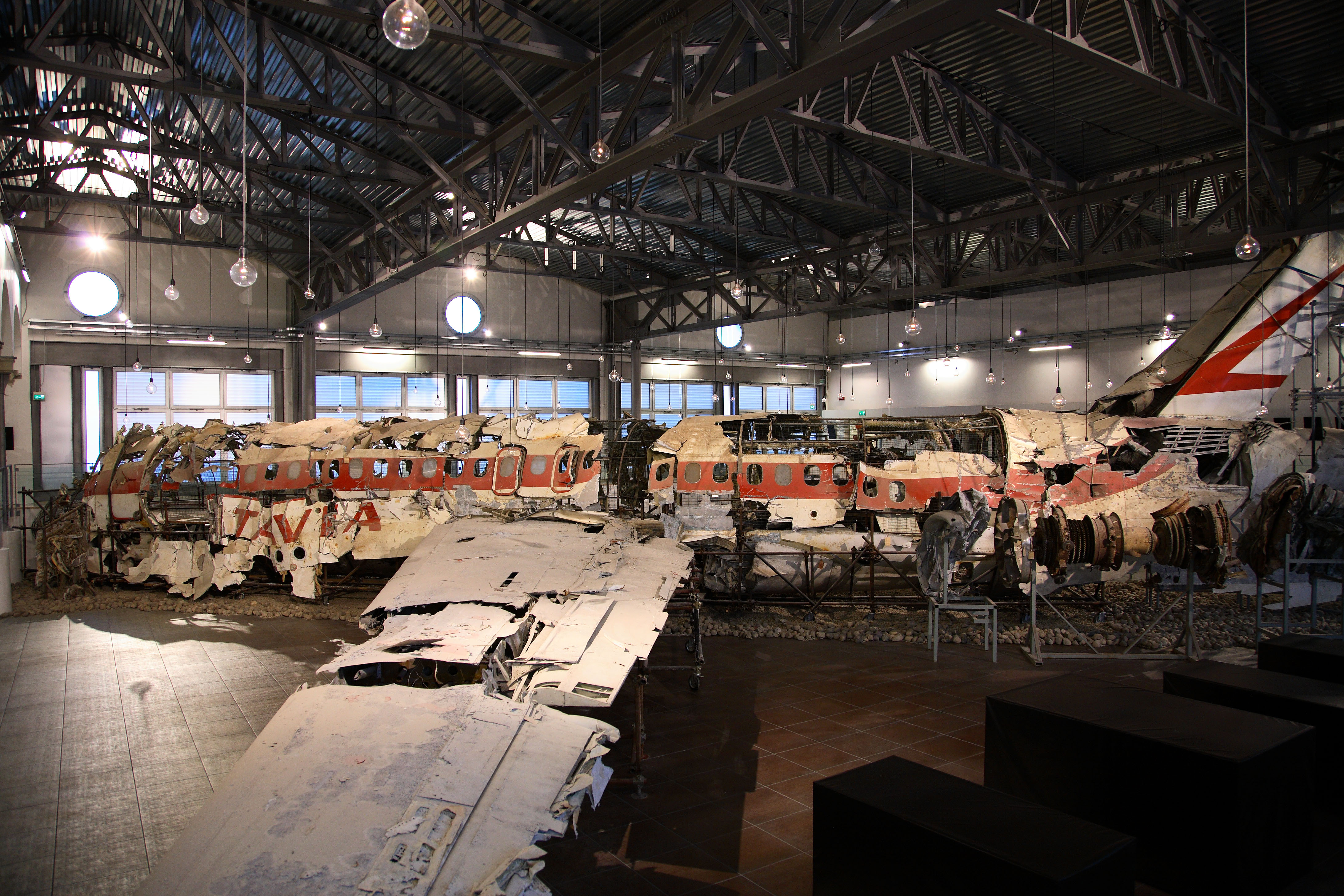
Photo by Sandro Capati
A green oasis in the heart of the city, perfect for a relaxing break surrounded by nature. Today, it holds around 130,000 dried plants. The garden is rich in precious historical collections, testifying to the care and interest shown by Bolognese botanists—starting with Ulisse Aldrovandi (1522–1605)—toward this institution, an important tool for knowledge and research.
Distance: 1.3 km | 19 min on foot, 14 min by bus
Discover historical scientific instruments and curiosities from the world of experimental physics. The collection displays items covering the main fields of 19th and 20th-century experimental physics—mechanics, optics, electromagnetism, thermology, and atomic physics—alongside the work of notable figures such as Augusto Righi, Quirino Majorana, and Giampietro Puppi.
➝ free admission during opening hours of the Department of Physics and Astronomy "Augusto Righi"
Distance: 1.4 km | 20 min on foot, 13 min by bus
A fascinating journey into the history of medicine with anatomical wax models. It recounts how medical scholars in the 18th and 19th centuries turned their studies toward human pathologies. The wax preparations, natural bones, and dried specimens form an important body of teaching material that complements the 18th-century collection of human anatomy preserved at the Palazzo Poggi Museum.
➝ free admission with reservation
Distance: 1.5 km | 21 min on foot, 13 min by bus
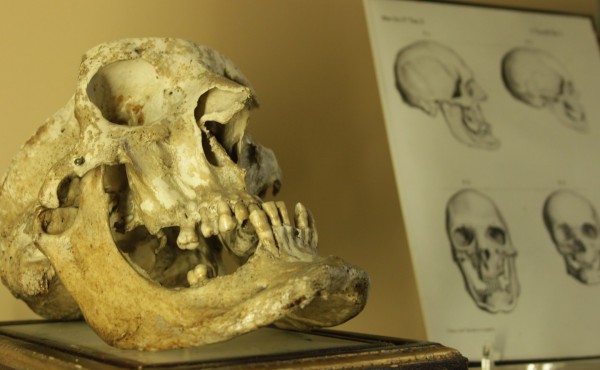
In the University area (1.6 – 2 km from the Station)
One of Italy’s oldest mineralogy museums, featuring a rich collection of minerals, rocks, meteorites, and gemstones from around the world. It documents the development of mineralogy, petrology, and applied mineralogy, with teaching collections and rare specimens.
Distance: 1.6 km | 22 min on foot, 15 min by bus
A museum that reflects the university’s great scientific tradition, with collections ranging from natural sciences to anatomy, geography, physics, and military architecture. Among its highlights: anatomical wax models, Ulisse Aldrovandi’s naturalistic collections, and 18th-century obstetric models.
➝ Starting from September 1, 2025 until January 2026, admission to the Museum will be free due to the closure of the west wing for major installation works.
Distance: 1.6 km | 23 min on foot, 16 min by bus
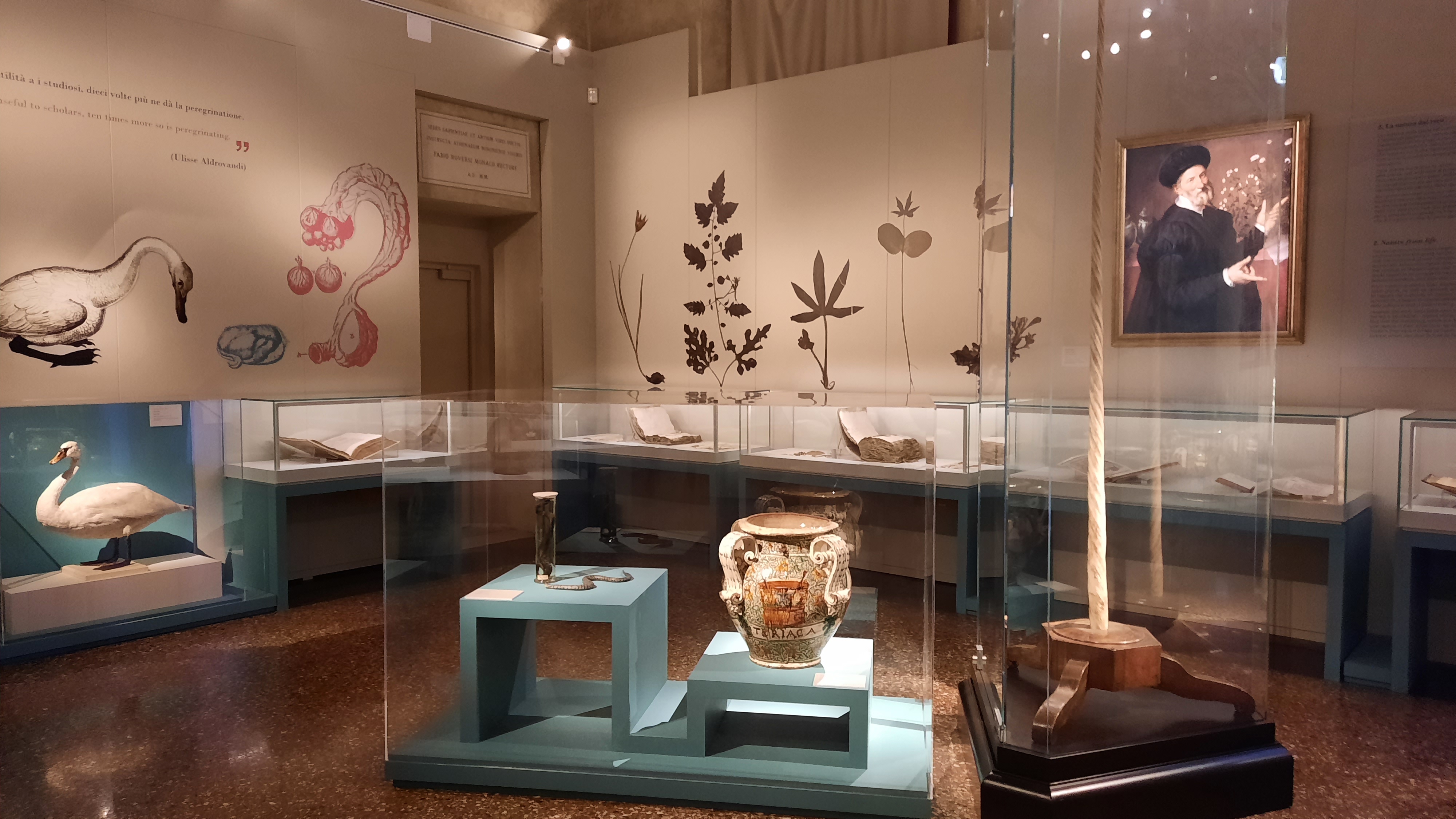
It houses the largest public collection of Emilian painting from the 13th to the 18th centuries. Masterpieces by Giotto, Raffaello, Carracci, Guercino, and Guido Reni are displayed alongside works by artists who contributed to Bologna’s artistic prestige over the centuries.
➝ free admission every first Sunday of the month
Distance: 1.7 km | 24 min on foot, 17 min by bus
An extraordinary scientific heritage: hunting trophies, exotic species, comparative anatomy preparations, anthropological collections, and historic chemistry instruments. A fascinating journey through natural sciences, useful for both research and education.
At number 3, three highly valuable collections are housed: the Zoology Collection, one of the most important in Italy for its breadth and quality, featuring specimens from the 19th and 20th centuries, African hunting trophies, and two spectacular dioramas dedicated to the Abruzzo and Gran Paradiso National Parks; the Comparative Anatomy Collection, with over 9,000 pieces, about 2,500 of which are displayed along three thematic paths, including one designed for accessibility for the visually impaired thanks to tactile materials and captions in braille; and the Anthropology Collection, which illustrates human evolution through sections dedicated to paleoanthropology, historical measuring instruments, casts and busts, as well as studies on skeletal biology and bioarchaeology.
Next door, at number 2, the “Giacomo Ciamician” Chemistry Collection preserves instruments and equipment once used for research and teaching, offering a fascinating glimpse into the history of chemical sciences in Bologna.
➝ free admission with reservation
Distance: 1.8 km | 25 min on foot, 17 min by bus
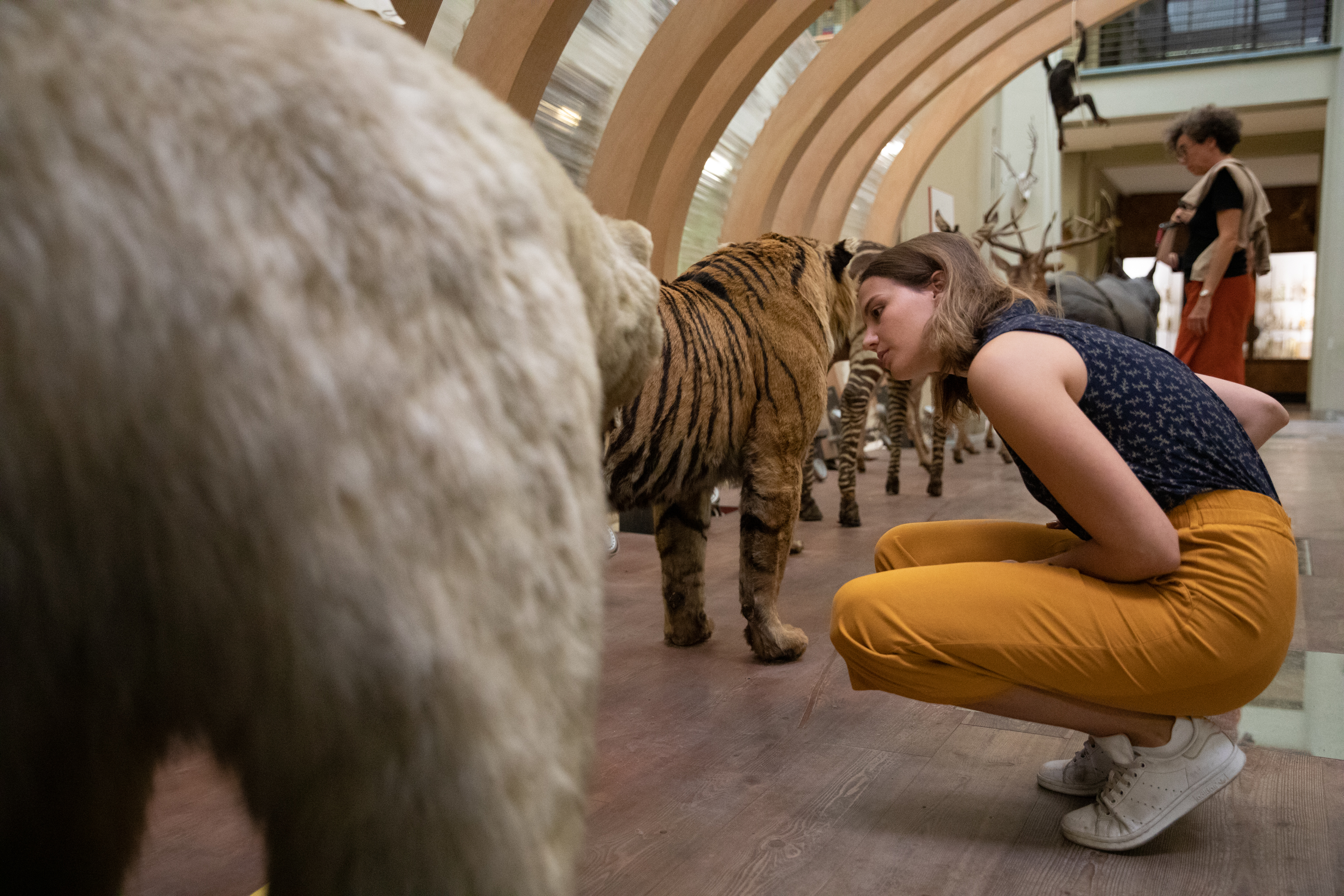
Located in Palazzo Davia Bargellini, it combines two souls: decorative arts (furniture, ceramics, wrought iron, glass, textiles) and paintings from the Bolognese Baroque period, including masterpieces by the Carracci and Guido Reni.
Distance: 2 km | 26 min on foot, 16 min by bus
Exploring the neighborhoods (over 2 km from the Station)
The house where Giorgio Morandi lived and worked until his death in 1964. It preserves the furnishings, objects, and atmosphere of the studio where the artist created his works, offering an intimate look into his daily life.
➝ free admission with reservation
Distance: 2.1 km | 28 min on foot, 19 min by bus
A multifunctional cultural and exhibition center dedicated to technology, innovation, and contemporary art, with a particular focus on industrial photography. Its architecture and temporary exhibitions make it one of Bologna’s most interesting cultural hubs.
Distance: 6.4 km | 30 min by bus, 17 min by car

With free entry, commercial and independent art galleries are open to visitors
